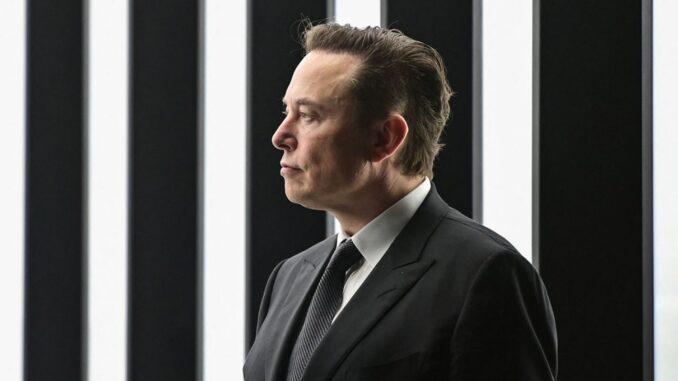
Billionaire Elon Musk has disclosed that Neuralink, a company founded by in 2017 to implant electrodes into people’s brains has completed its first human implant.
Announcing this on X (Twitter), Musk said first Neuralink product is called Telepathy.
Musk said the Neuralink implant would enable people to control their phones or computers, and through them almost any device, just by thinking.
“The first human received an implant from @Neuralink yesterday and is recovering well. Initial results show promising neuron spike detection,” he announced in a post on X.
“Initial users will be those who have lost the use of their limbs. Imagine if Stephen Hawking could communicate faster than a speed typist or auctioneer. That is the goal,” Musk added.
The U.S. Food and Drug Administration had given the company clearance last year to conduct its first trial to test its implant on humans, a critical milestone in the startup’s ambitions to help patients overcome paralysis and a host of neurological conditions.
In September, Neuralink said it received approval for recruitment for the human trial.
The study uses a robot to surgically place a brain-computer interface (BCI) implant in a region of the brain that controls the intention to move, Neuralink said previously, adding that its initial goal is to enable people to control a computer cursor or keyboard using their thoughts alone.
Neuralink builds on decades of technology aimed at implanting electrodes in human brains to interpret signals and treat conditions such as paralysis, epilepsy, and Parkinson’s disease. One early device is known as the Utah array, which was first demonstrated in a human in 2004. Many competitors have entered the field, including Synchron and Precision Neuroscience.
The Neuralink device contains more than 1,000 electrodes, far more than other implants. It targets individual neurons, while many other devices in development target signals from groups of neurons. If it works, this should enable a higher degree of precision.
How it works
The implant puts the chip and other electronics inside the user’s skull, with wireless communications sending out brain signal data to a Neuralink app, which decodes them into actions and intents. Charging is also done wirelessly. Neuralink has developed a bespoke surgical robot to perform the implant procedure.
Neuralink wants to help paralyzed people, to begin with. Eventually, Musk says his device could help people with hearing and vision loss. The billionaire has said he hopes one day the implant could allow for futuristic goals such as helping humans merge with artificial intelligence.
END

Be the first to comment